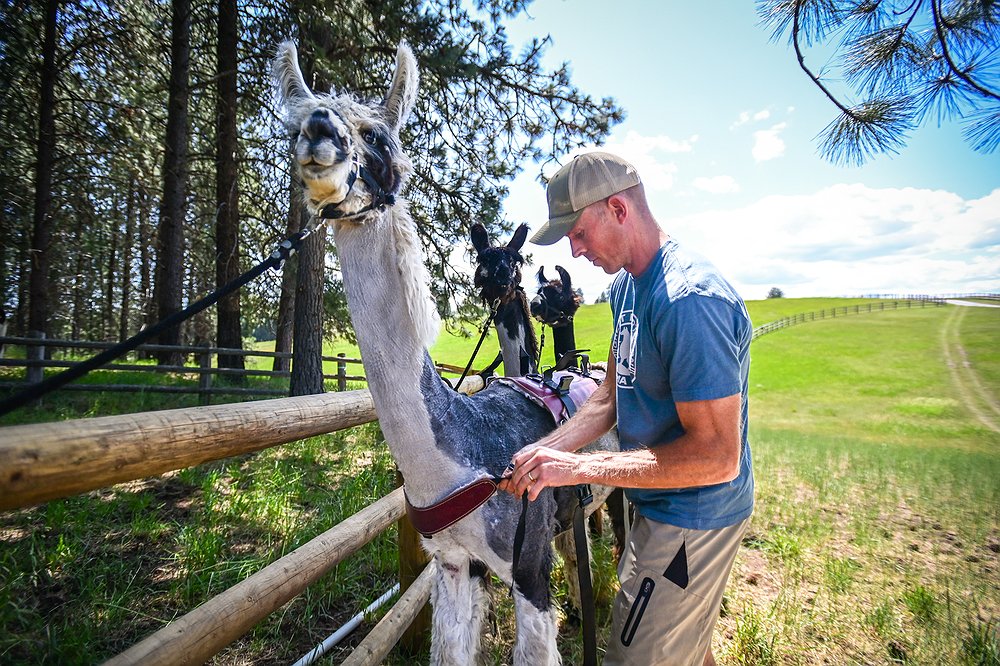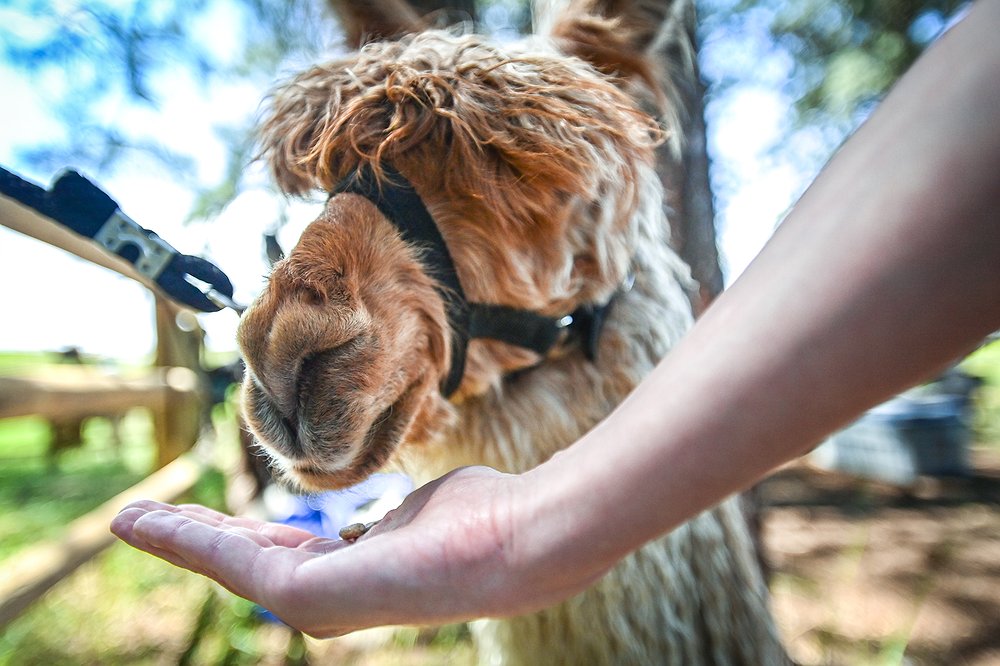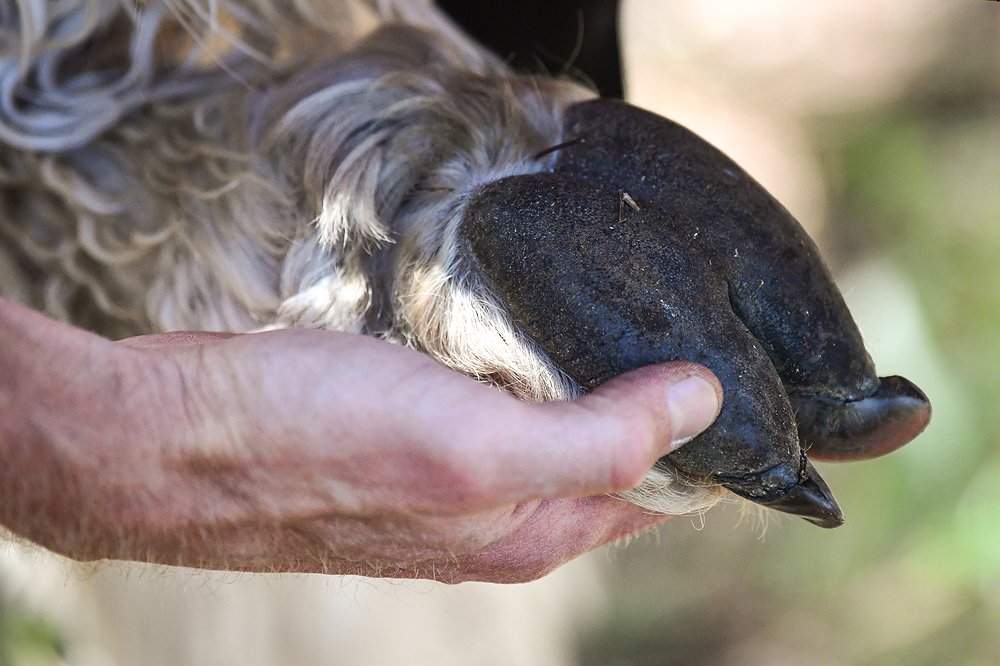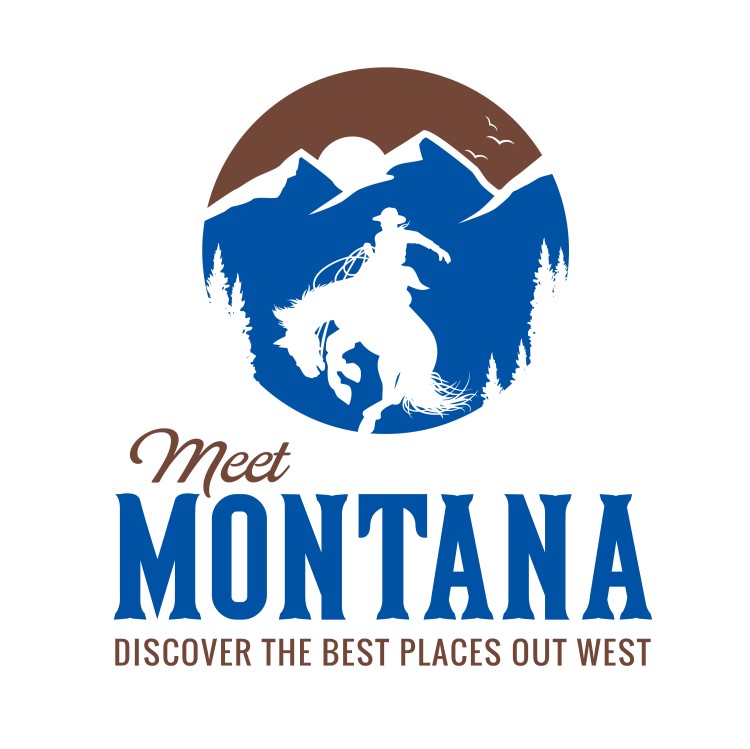Description
“You are not going to get spit on.”
An odd thing to say at the outset of an afternoon hike, sure. But Jamie Rolfing thought it best to be upfront with visitors. His co-workers did have a reputation, after all.
As the group of visitors crested a hill, the alleged spitters came into view. Lounging in the shade of a Doug fir grove, flinty eyes obscured by overgrown fringe, were a half-dozen llamas.
About 50 of the South American pack animals roam the pastures of the 500-acre Great Northern Ranch, which sits at the base of the Swan Range between Columbia Falls and Creston. For the first time in over a decade, the Rolfings are opening the gates of the ranch to summer visitors for guided llama treks.
Five days a week, the family is offering morning tours that include opportunities to meet and walk some of the ranch’s prized llamas. For the more adventurous, afternoon treks provide the opportunity to explore the ranch’s network of trails while leading a llama companion. Advance reservations are required for both options.
The new tour options continue a 45-year legacy of caring for and educating others about llamas.
It all started in 1979, when Jamie’s father, Steve, developed a back injury that prevented him from carrying the tools he used as a timber surveyor into the field. A family friend suggested that Steve buy a llama to pack in the tools for him.
In addition to their strength and versatility as pack animals, llamas are well-suited to life in the Northern Rockies. The South American natives have thick wool that keeps them warm during harsh mountain winters, and their high-pitched warning calls often scare off would-be predators like grizzlies and mountain lions.
They are also gentle on the environment. Unlike most pack animals, llamas have padded feet that make them nearly silent on the trail and reduce soil erosion. They nibble on the tops of grasses instead of cropping the plants at their base, reducing the chances of overgrazing.
In December 1979, Steve and his wife, Sue, purchased a trio of llamas from a ranch that actress Kim Novak ran with her husband. Wooed by the creatures’ gentle natures and hardiness, Steve quit his job with the U.S. Forest Service and refocused his attention on building a llama empire.
In the summer of 1980, the Rolfings started one of the country’s first llama outfitting companies. Guided by Steve and accompanied by a loyal pack of llamas, customers ventured into some of Northwest Montana’s most pristine backcountry, where they camped for up to four nights.
The venture was so trailblazing that Steve sewed his own saddles and packs for several years before the equipment was manufactured in the U.S. The novel approach to backpacking proved enticing for many, including Dan Quayle, who visited Great Northern Ranch twice while serving as Vice President of the United States.
As the trekking business grew, so did the Rolfings’ reputation among breeders. Steve took a unique approach to genetics, explained Jamie, focusing on the “intrinsic values” that make llamas ideal pack animals.
“He doesn’t breed prima donna animals,” said Jamie. “A good llama is tall, athletic, with a structure that can carry weight.”
By combining the characteristic strength and posture of the species with key aesthetic features, such as a compelling coat pattern and banana-shaped ears, Steve soon gained a reputation as one of North America’s premier breeders. By the 1990s, some of his prime specimens were fetching upwards of $150,000 at auctions.
“He’s a magician, a llama magician,” summarized Jamie’s wife, Sarah.
In 1993, the Rolfings used the proceeds from a few high-dollar sales to purchase the land that the Great Northern Ranch currently sits on. More land meant more space for llamas, and the Rolfings’ herd steadily grew to about 100 animals.
In 2010, Steve sold the outfitting business to focus on breeding and showing llamas. The company now operates as Swan Mountain Llama Trekking and still exclusively uses animals bred by the Rolfing family.
By the time his parents sold the trekking business, Jamie had moved away from the family ranch. He spent over a decade traveling the world, first as a volunteer emergency EMT with the nonprofit CURE International and later as an officer in the U.S. Army. But Jamie said he always harbored a deep desire to return to western Montana and raise his own children in the same sort of environment he grew up in, complete with a herd of pet llamas.
“This is all I’ve known in my life,” he said. “I’ve spent a lot of time with llamas so it’s second nature to me.”
After the birth of their first son, Jamie and Sarah, who is a nurse by trade, moved back to Kalispell. They initially lived in town but soon migrated to the ranch, where Jamie’s parents and his sister’s family also lived. Reenvisioning the family tradition of llama trekking for a family audience was a natural next step.
“It’s a lifestyle business as well, so it lets us participate in something we care about,” said Sarah.
ON A RECENT afternoon, the sun beamed hot and steady. The group of afternoon hikers gathered around a picnic table laden with saddles, as Jamie approached one of the six llamas lazing in the shade.
“This is Scooch,” he said. “He’s a fan favorite.”
On cue, Scooch flicked his ears back and turned so one bulbous eye faced the crowd. A tangled mass of reddish-blonde wool hung across his forehead, lending the llama a distinct aura of teenage rebellion. As Jamie fastened a saddle to Scooch’s back, the llama emitted a high-pitched hum, not unlike the wheedling whine of a human child.
Scooch is a talker, explained Sarah with a laugh. He could also be a bit of a drama llama.
“Some can be curious. Some can be bold,” she added. “They’ll come up and sniff the kids. Some can be shy, just like people. It’s just like any preschool class. You can see the personalities.”
Jamie and Sarah reassured the group that, despite Scooch’s teenage antics, he was actually quite gentle. Most llamas are, they said, despite the stereotypes that have cropped up around the species.
“These guys don’t really spit,” Jamie reiterated.
That sort of salivary response was used to show dominance during llama-on-llama conflicts. Humans caught in the crossfire were merely collateral damage.
Jamie continued down the line, introducing the other llamas as he buckled saddles and packs. He led the llamas out one by one, allowing them to gently snuffle the visitors’ shoulders. Once the llama’s curiosity was satisfied, Jamie handed the lead rope off to an expectant hiker.
Once all the llamas had been doled out, Jamie led the group to a nearby trail. The train of hikers and llamas chugged steadily through forests and meadows of wildflowers. At first, the visitors chatted and cooed over their llamas as they walked. Gradually, the talk fizzled.
“I think there’s more of an awareness of nature when you’re walking with something non-human,” Sarah had said earlier that afternoon.
Now, she was quiet as she walked alongside the group. Birdsong filtered down from the tree tops. Occasionally, Scooch harmonized with his own gentle hum.
Otherwise, the forest was still and serene as the hikers and llamas trekked onward.
Reporter Hailey Smalley may be reached at 758-4433 or [email protected].
 Visitors lead llamas on a Guided Llama Tour at Great Northern Llama Company on Wednesday, June 18. (Casey Kreider/Daily Inter Lake)
Visitors lead llamas on a Guided Llama Tour at Great Northern Llama Company on Wednesday, June 18. (Casey Kreider/Daily Inter Lake)
Casey Kreider
 Jamie Rolfing secures a saddle to the back of a llama before a trek at Great Northern Llama Company on Wednesday, June 18. (Casey Kreider/Daily Inter Lake)
Jamie Rolfing secures a saddle to the back of a llama before a trek at Great Northern Llama Company on Wednesday, June 18. (Casey Kreider/Daily Inter Lake)
Casey Kreider
News Source : https://dailyinterlake.com/news/2025/jun/29/a-family-llama-cy-couple-takes-the-lead-on-family-trekking-business/
Other Related News
06/29/2025
Join Daily Inter Lake reporter Taylor Inman as she goes over the weeks biggest headlines ...
06/29/2025
The owners of Farm to Table Ice Cream are focusing on bringing small-batch handcrafted ic...
06/29/2025
A motorist accused of drunkenly colliding with a cyclist crossing US 2 in December 2023 w...
06/29/2025
The federal government pledged to peel back protections on more than 11 million acres of ...
06/28/2025















